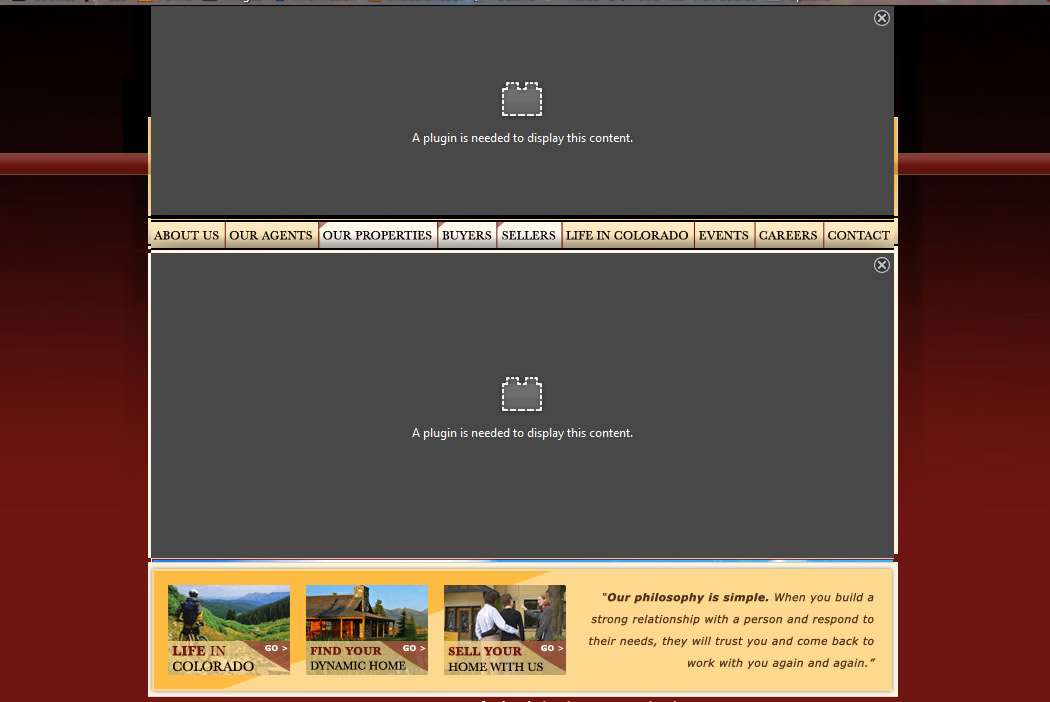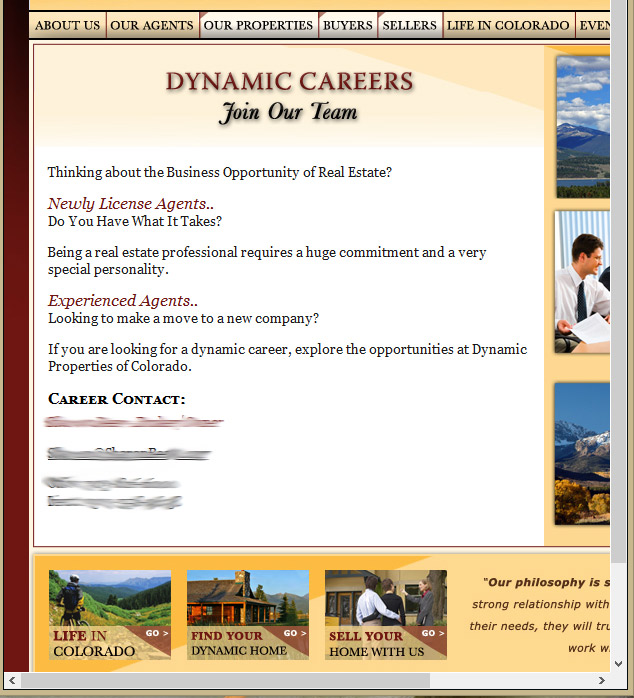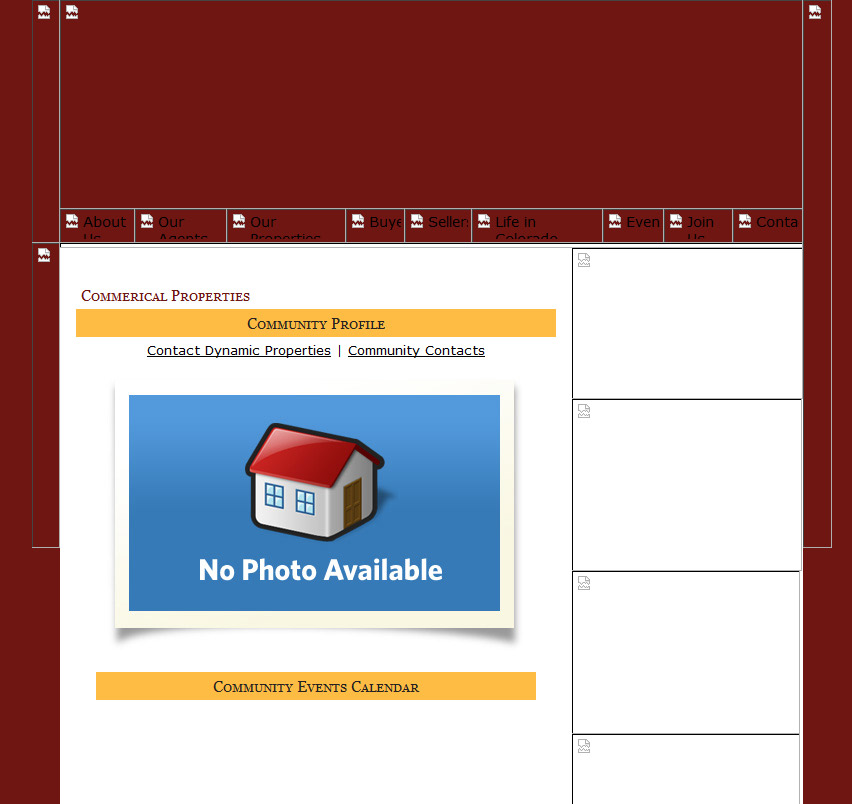Damned Crappy Websites

In this article I will be blunt, maybe even a little bit harsh at times. But there are times when a difficult truth is the essential truth.
 Small business owners typically view their websites as a peripheral and non-relevant part of their business, but still believe they need some kind of web presence. It seems only larger businesses view their websites as an integral part of their business. This doesn't have to be limited to large businesses. Any business can grow exponentially with a solid online presence.
Small business owners typically view their websites as a peripheral and non-relevant part of their business, but still believe they need some kind of web presence. It seems only larger businesses view their websites as an integral part of their business. This doesn't have to be limited to large businesses. Any business can grow exponentially with a solid online presence.
When I say an online presence, I don't mean "just" a website. I mean a legitimate business plan to optimize your potential customer demographic by being active in Social Media and other avenues of free marketing... as well as having a professional website.
A dated website, or a site that hasn't been cared for can do more harm than good. The following is a group of screenshots from just this kind of site, yet the business owner thinks that the site is great.
We will go over a few of the major issues, image by image to see just what this business owner is missing. First will be the core problem, and then the other issues that this problem generates.

- Flash
- Security issues
- Deprecated technology
- Need plugin to view
NO professional website needs one iota of Flash these days. Even multimedia sites use it sparingly because it is an obsolete technology (officially announced Nov. 30th) Flash Deprecation. You can get all the cool animated effects you need with Javascript (or a framework like Jquery). The Flash plugin is still being updated at the moment, but the technology is being reworked for HTML5.

- Narrow Format or "Block" site
- Shows its age
- Content appears crowded and squished together
Narrow format and block sites were a popular solution back when we mainly had desktop computers with 15" and 17" screens. New websites are designed for large format screens, taking advantage of maximum space which will scale down to match the size of the viewable area (called "Viewport") in your browser. This is Responsive Design. Nothing goes off screen. (More about responsive design in the next section).
Site requires side-to-side scrolling on smaller browsers (note the scrollbar at the bottom), which is a no no in the web design industry If it is an older site, then it is also possible that you lose formatting with modern browsers because of deprecation of styling elements.

- Not mobile ready
- Exclusion of potential customers who do much of their browsing on their phone or tablet
If your site is not mobile ready, it doesn't mean that you won't be able to see it on a mobile phone or tablet, it just means that the entire site will be scrunched together to fit in the mobile screen space... and everything will be really really tiny.
Responsive design means that your website will size and position itself to be easily viewable on any screen, whether it be a huge desktop monitor or a small mobile phone. There are two types of responsive design.
- Responsive (or step responsive). Meaning that image and font sizes step down as the viewport gets smaller. Elements will also rearrange themselves to the right format.
- Fluid responsive. This is my favorite, because most of the images and elements are sized based on percentages and they flow down in size as the viewing area gets smaller. (Like step responsive above), some elements will rearrange themselves to the right format.
With smaller viewing areas, people also tend to want only crucial, necessary elements, so as a designer/developer, we tend to make the extra bling disappear for tablets and phones.

A Feed is items served from another site but displayed on yours. There are a number of feed services, but in this case it is called MLS (Multi Listing Services). This term is mainly used for real estate listings, filtered, coming from a brokered site called IDX (International Data Exchange).
- Feed Failures
- References to site elements, images and links fail because the API portal is not coming from the same place as the rest of the website.
This is not as common as the above problems, but this site does have that issue so we will talk about it. The IDX site serves MLS listings in its own pages. These are not from your site, so to integrate them, you need to incorporate where all the data comes from in your design. Only then can you integrate it into your design successfully.
In this case that wasn't done for all the image references. So all you see is a page of broken images.
As a business owner, you have to start with the belief that all your potential customers are tech savvy. A customer that sees your website before seeing your store will judge it by the way the website looks. That is why your website should tell your potential customer that you care about your business and want to make it as inviting to them as possible.
